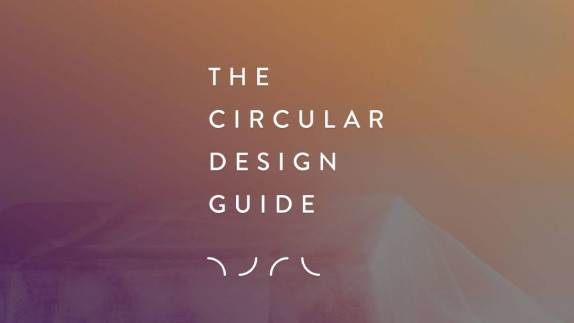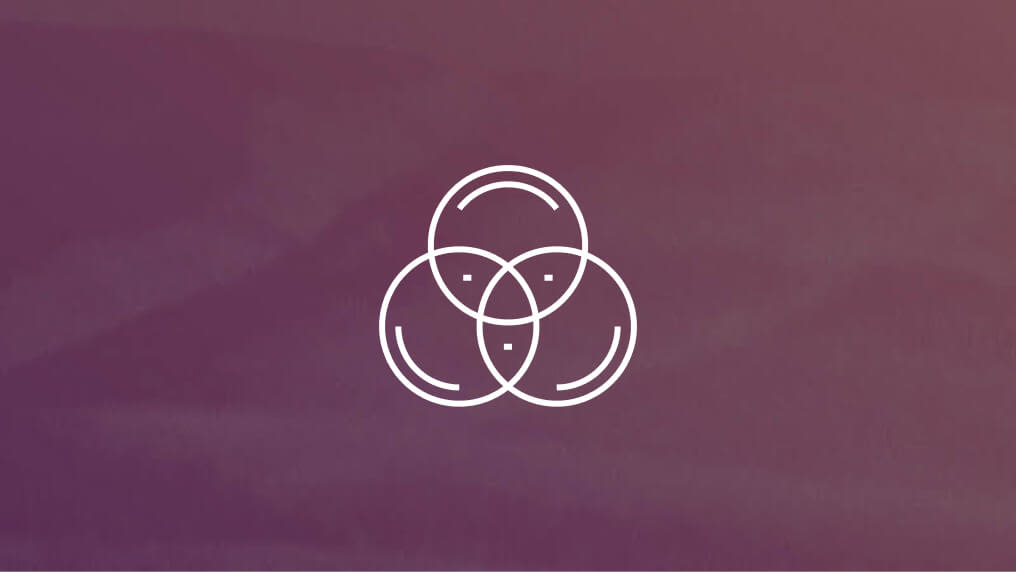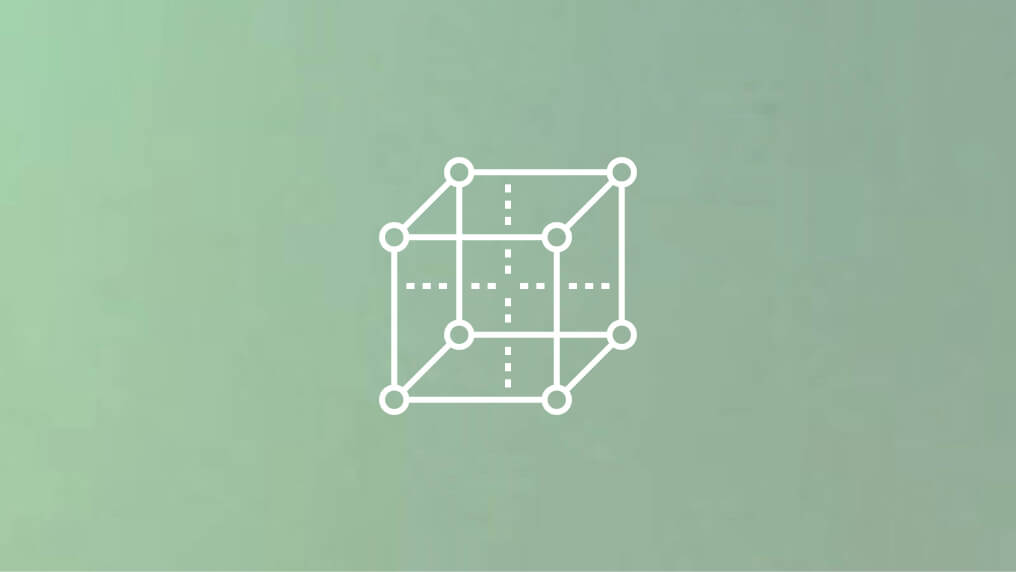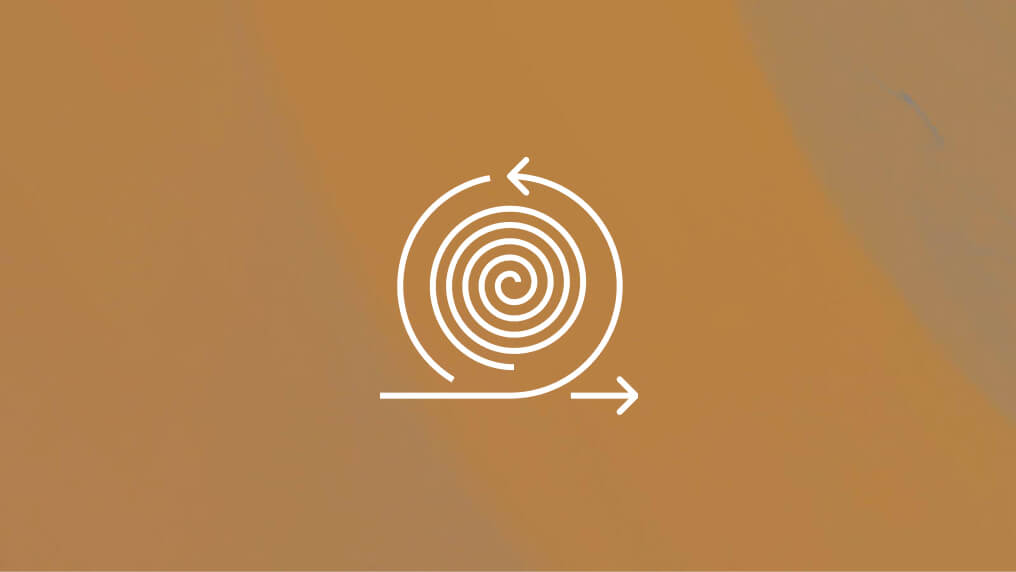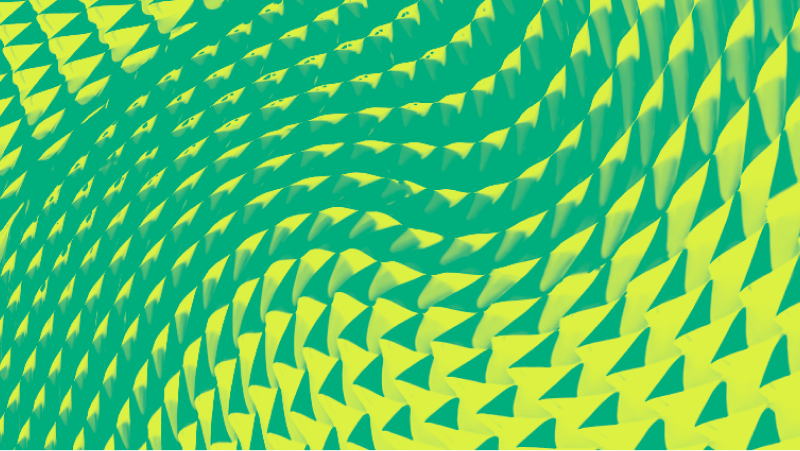Learn how to plan for a pilot, account for the different touchpoints of the pilot (designing for circularity means it will likely be testing a system of sorts), and create a plan for feedback along the way. Test how the outcomes relate to the goals of your circular initiative.
A pilot is an extended trial period of your solution before committing to going to market. Unlike prototyping, you should feel confident in your solution and be testing how it works with the staff, support, materials, resources, and partners in place.
Steps
Step 1
Start by creating learning objectives. At a high level, what are you looking to achieve through your pilot and what do you hope to learn?
Step 2
To help clarify these goals, draw a map of all touchpoints your pilot will look to affect – people, places, and things. It might be helpful to reference your User-Centred Research findings to think about all your different users within the system and what their experience might be with the pilot.
Step 3
Now, ask how can you isolate what you want to learn for each part of the processes you just sketched out, from creation, to point of sale, to continued use, and beyond.
Step 4
Create a plan for how you intend to facilitate the pilot and get input for these learnings as your pilot launches.
Who are the point people responsible for running the pilot?
What resources need to be in place?
What are the potential risks that may arise? How will you manage these risks?
How will you measure success around circularity?
How will you get feedback to gauge success? Will you use quantitative data? Qualitative data? A combination of both?
Step 5
Remember, you will probably have many iterations as you learn. If your desired outcome is not achieved, how can you iterate on the part of the system that can be improved, rather than rethink the entire solution?
Step 6
As you learn, capture how this might help you grow your circular initiatives, using the Continuous Learning Loops.

Circular Design Guide
This page is part of the Circular Design Guide. Get an overview of the project, or dive straight into our activities to help you understand, define, make, and release circular innovations.

